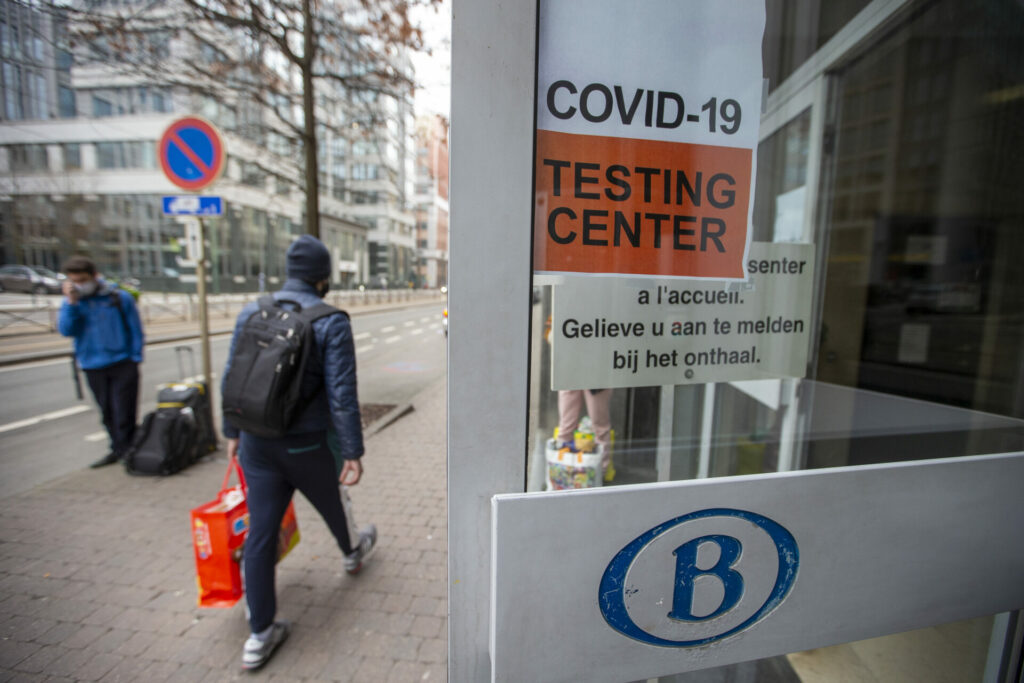The number of new Covid-19 infections continues to rise at a stable rate and has now surpassed 5,500 new cases per day, similar to the situation in mid-April this year.
Between 25 June and 1 July, an average of 5,518 new daily Covid-19 infections was identified: a 44% increase from the previous seven days, according to figures published by the Sciensano Institute of Public Health on Tuesday morning.
The average number of tests taken per day also increased to almost 18,800, up by more than 3,000 since figures were last updated on Friday last week; the positivity rate has increased slightly to 30.1%, meaning almost one in three tests has a positive result.
Omicron BA.5 has become the dominant strain, accounting for 66.5% of all infections. BA.5 is no more or less infectious than the other subtypes of Omicron, but it does succeed very well in circumventing people’s accumulated immunity.
Deaths as a result of infection are now also rising more rapidly. During the same week, an average of 7.9 patients suffering from Covid-19 died each day – up 67% from the previous week.
The total number of deaths in Belgium since the start of the pandemic amounts to 31,952. However, this figure includes people who died of another cause but who happened to be infected, meaning that this is an overestimate of deaths attributed to Covid-19.
Situation in Belgian hospitals
In the last seven days, an average of 119 patients suffering from Covid-19 were admitted to hospitals each day — up by 17% from the previous seven days.
The figure, which was last above 100 in mid-May, reflects how many people are hospitalised directly because of the virus, not those who are admitted with another condition and then also test positive for Covid-19.

Credit: Belga
On Monday, a total of 1,526 people were in Belgian hospitals due to an infection, almost 200 people more since Friday, while the number of people being treated in intensive care remains relatively stable and now sits at 73.
This number covers all patients who tested positive for Covid-19, including those who were first admitted with a different condition.
Reproduction rate, incidence, and total vaccinations
The reproduction rate decreased slightly to 1.11 after rising to 1.20 last week. This figure represents the average number of people that contract the virus from each infected person. When it is above 1, it means that the epidemic is gaining ground in Belgium.
The incidence (the number of new cases per 100,000 inhabitants) also continues to rise and now sits at 566 over the past 14 days.
Related News
- New Flemish biotechnology company predicts immune responses to vaccines
- Why Covid 'twin variants' BA.4 and BA.5 spread so fast
As of Saturday, more than 9.09 million people are fully vaccinated – 89% of Belgium's adult population and 78% of the total population. This figure was higher, but since the end of June, this figure takes into account vaccinated people who died.
Meanwhile, more than 7.16 million people have received a booster dose of the vaccine, representing 76% of over-18s and 62% of the entire population.
The rise in cases and hospitalisations, and the reports of a low fourth dose vaccination rate spurred the Belgian Health Ministers to call on those with reduced immunity to receive their double booster shot, as new mutations appear most frequently among immunocompromised patients.

